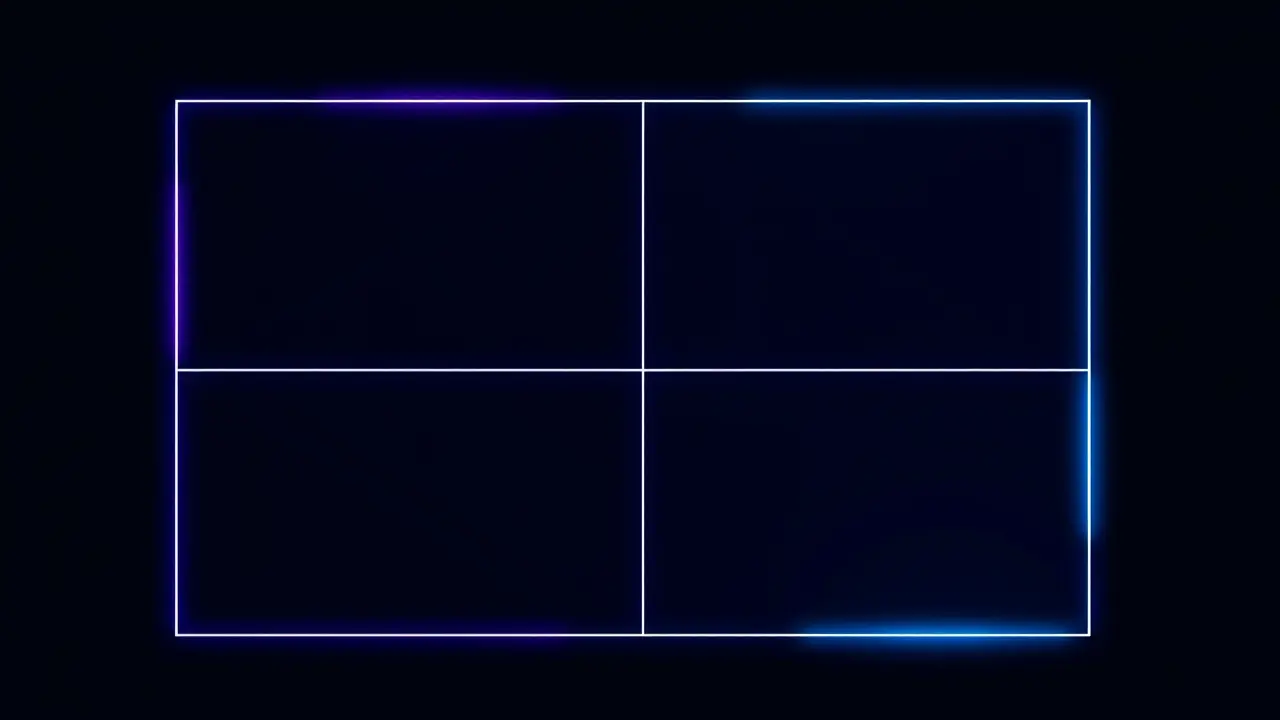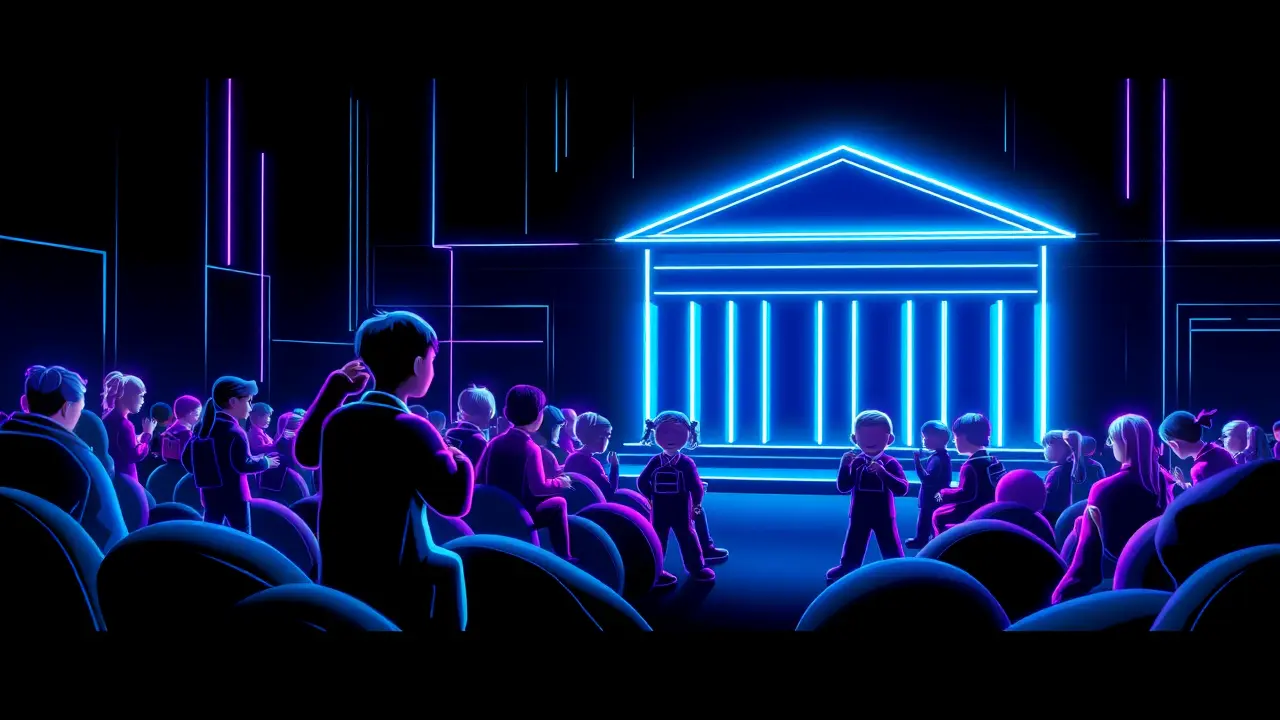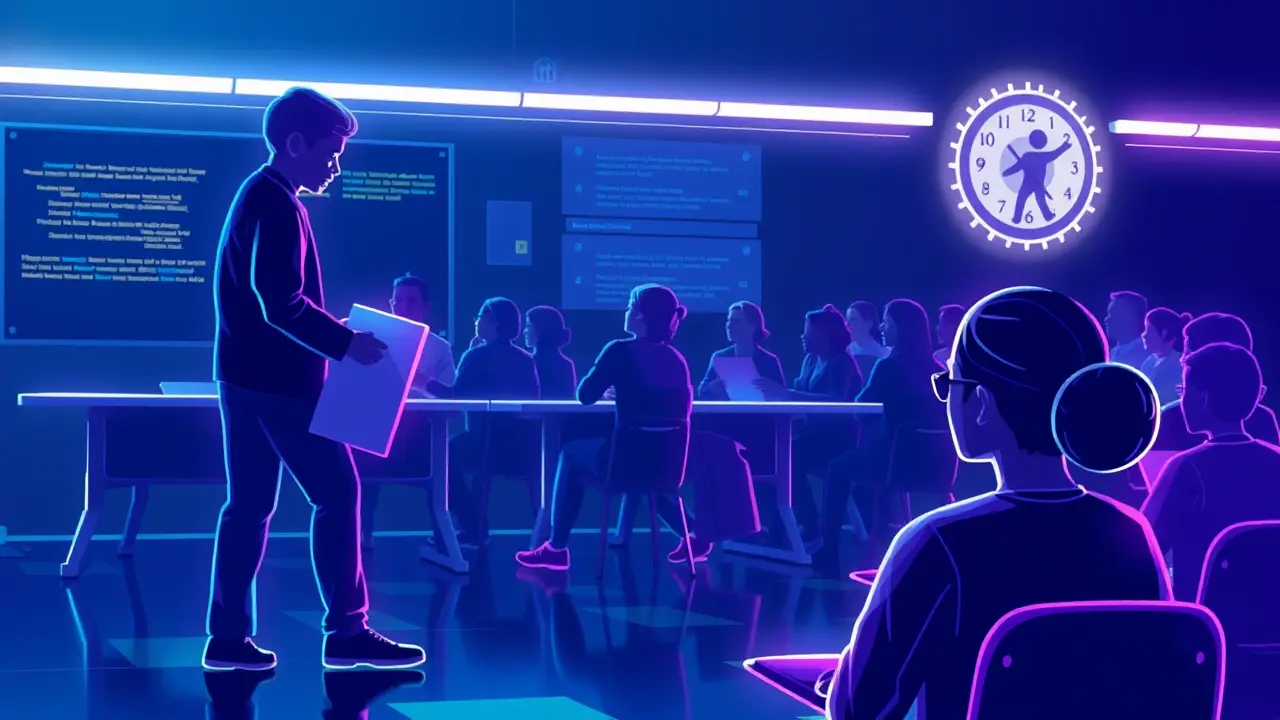
OthereducationEdTech Innovations
Use Forster’s Commitment Inventory to Prioritize Tasks
LA
Laura Bennett
1 day ago7 min read7 comments
The constant hum of modern life, with its relentless pings and notifications, creates a peculiar kind of paralysis. You sit at your desk, the to-do list a formidable scroll, and yet you find yourself organizing bookmarks or falling down a rabbit hole of marginally related articles, accomplishing everything but the thing you actually need to do.This isn't just laziness; it's a cognitive traffic jam where every task screams for attention, leaving you frozen, unable to move any single one forward. It’s a feeling I’ve heard echoed in countless conversations, from the freelance graphic designer in Lisbon to the project manager in Tokyo—a universal struggle against the tyranny of the urgent-but-not-important.The search for a way out of this quagmire often leads to complex digital systems and intricate apps, but sometimes, the most profound solutions are disarmingly simple, born not from silicon but from a deep understanding of human psychology. Enter the Forster Commitment Inventory, a deceptively straightforward visual framework that cuts through the noise not by adding another layer of complexity, but by forcing a moment of raw, honest prioritization.The core mechanism is almost childlike in its simplicity: you take a blank sheet of paper and draw a two-by-two grid. Along the top, you label the two columns 'Easy' and 'Hard.' Along the side, you label the two rows 'Important' and 'Unimportant. ' This creates four distinct quadrants, and your first task is to take every item swirling in your mind and assign it to one of them.That urgent email from a client? Probably Important-Hard. Scrolling through industry news? Likely Unimportant-Easy.The genius of this system, which I discovered while interviewing a productivity coach in Berlin who had adapted it from older organizational theories, is that it doesn't just ask 'What is important?'—a question we can easily lie to ourselves about. It couples importance with effort, creating a friction that reveals our true intentions and hidden resistances.We often gravitate towards the 'Unimportant-Easy' quadrant, the realm of busywork, because it provides the dopamine hit of completion without the mental strain of genuine, meaningful work. Conversely, we avoid the 'Important-Hard' tasks because they scare us; they represent the potential for failure, the demand for deep focus, the engagement with something that truly matters.The Forster Inventory makes this avoidance visible. It’s no longer a vague feeling of anxiety; it’s a task sitting squarely in the Hard-Important box, staring back at you, its presence an undeniable accusation.The real magic, however, happens in the second step: the commitment. The rule is you must start with just one task from the 'Important-Hard' quadrant.You don’t have to finish it, but you must commit a predetermined block of time—say, twenty-five minutes—to working on it exclusively. This transforms an intimidating monolith into a manageable process.By making the commitment small and time-bound, you circumvent the amygdala's fear response. You're not signing up to climb the whole mountain; you're just agreeing to walk for twenty-five minutes.This approach resonates with the stories I’ve collected from people who have retaken control of their time. A novelist in Montreal told me how she used it to break through a year-long writer’s block, committing to write just 200 words on her difficult second chapter each morning.After a week, the dam broke. A software engineer in Seoul used it to finally tackle a complex, legacy code refactoring he’d been dreading for months, scheduling a single, uninterrupted 'hard focus' hour each day.In both cases, the visual act of placing that one daunting task in its quadrant, and then publicly (even if just to oneself) committing to engage with it, created a powerful psychological contract. It’s a tool that champions intentionality over reactivity, forcing you to define your priorities visually before the world defines them for you.It acknowledges that our energy and willpower are finite resources and that the most valuable work is often the most demanding. The Forster Commitment Inventory isn't another life hack; it's a mirror.It doesn't manage your time for you; it shows you how you are choosing to spend it, revealing the uncomfortable gap between what we say is important and what we actually do. And in that moment of clarity, amidst the four simple quadrants on a piece of paper, lies the power to finally, meaningfully, begin.
#productivity
#task management
#Forster's Commitment Inventory
#prioritization
#time management
#featured
Stay Informed. Act Smarter.
Get weekly highlights, major headlines, and expert insights — then put your knowledge to work in our live prediction markets.
Related News
© 2025 Outpoll Service LTD. All rights reserved.













